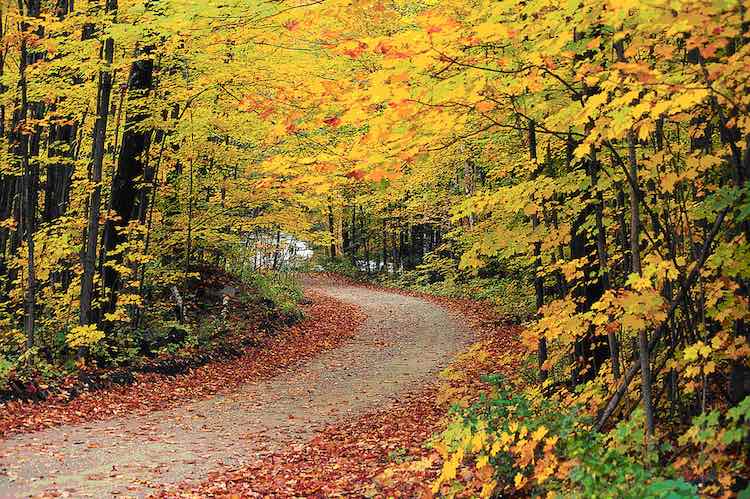
New England states need to triple the rate at which forest land is conserved – or risk losing a campaign to protect millions of acres from residential and commercial development, according to a new report by researchers at Harvard University and the University of Vermont.
The region is losing nearly 24,000 acres of forest a year.
In 2010, the same group of scientists established a regional goal – called Wildlands and Woodlands – to conserve 30 million acres of forest and 2.8 million acres of farmland by 2060. That’s about 70 percent of the land in New England.
But rather than an increased commitment, public funding for conservation across New England has dropped by 50 percent in recent years – to about $62 million a year, or lower than 2004 levels. The region has achieved about one-third of its long-range conservation goal.
The new report summarized the threats to New England’s forests like this:
“The New England landscape faces the increasing loss of forest and farmland to residential and commercial development; ongoing parcelization and fragmentation of land; declines in state and federal land-protection funding; deterioration of iconic tree species—chestnut, beech, hemlock, ash, and elm—from introduced pests and pathogens; unsustainable forest and farm management in some areas; and, the challenge of maintaining public support for land protection and traditional uses of land (e.g., forest harvesting and animal grazing) amidst competing socioeconomic demands.”
And the pace of deforestation and destruction of farmland is accelerating, the report said.
If New England meets the goal set in 2010, the report says, “protected forests (will) dominate the region, even within thickly settled areas.”
The protected forests still would be open to harvesting wood products and other uses; only about 10 percent, or 3 million acres, would be protected as wildland reserves.
The benefits of protection center around the value of the region’s natural amenities, according to the new Wildlands and Woodlands report.
New England’s forests “absorb 760,000 tons of air pollution annually, which saves $550 million in health expenses; provide clean drinking water to millions of households; and help support New England’s $10 billion annual tourism industry. The forests also provide global benefits by offsetting more than 20 percent of the region’s carbon dioxide emissions that would otherwise contribute to climate change,” the report says.
Wildlands and Woodlands is an ambitious project, to say the least. The full report and details of the long-range effort are available here. A story by VermontDigger.com looking at that state’s contribution to the forest project and its accelerating loss of forest cover is available here.

[…] SHERRY DEVLIN – TREESOURCE · Image by YURITZ / […]